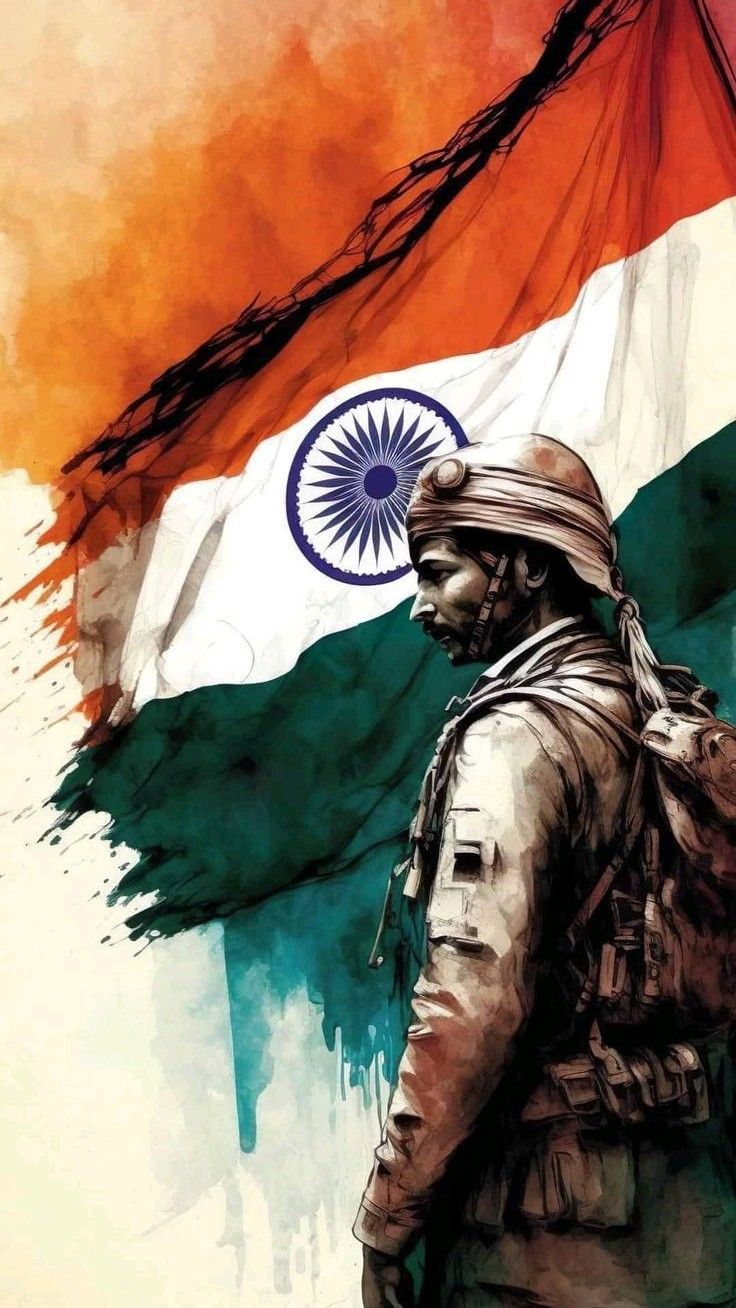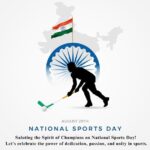🇮🇳 15 Emotional Reasons Why Indian Independence Day Inspires Every Heartbeat of the Nation
Indian Independence Day, celebrated every year on 15th August, is not just a date—it’s a pulse that beats in every Indian heart. It’s the powerful reminder of a nation’s hard-fought freedom, the emotional story of sacrifice, resistance, resilience, and rebirth. From schoolchildren waving flags to the hoisting of the tricolor at the Red Fort, every act reflects a deep national pride that transcends generations.
- 🕰️ The History of Indian Independence Day
- 📅 Independence Day Timeline: Key Events
- 📌 15 Emotional & Powerful Facts about Indian Independence Day
- 🌟 Significance of Independence Day
- 1. Celebrating Freedom
- 2. Unity in Diversity
- 3. Gratitude and Remembrance
- 4. Democratic Legacy
- 5. Inspiring Youth
- 🙏 How We Observe Independence Day
- ❓ Frequently Asked Questions (FAQs)
- Q1: What does Indian Independence Day commemorate?
- Q2: Why is it celebrated on 15 August?
- Q3: What is the significance of the tricolor flag?
- Q4: Who was India’s first Prime Minister?
- 💬 Wishing Messages for Independence Day
- 🌍 Impact on Daily Life and Society
- ❤️ Conclusion: The Legacy Lives On
- 📢 Final Quote
In this extensive guide, we explore everything about Indian Independence Day: its history, timeline, facts, significance, FAQs, cultural observance, heartfelt wishes, and its lasting impact on our lives and society—all written in a human-friendly and emotionally relatable tone.
🕰️ The History of Indian Independence Day
The journey to freedom was neither easy nor short. It was paved with blood, satyagraha, and sacrifices of millions. Here’s how it unfolded:
🔹 British Rule in India
The British East India Company arrived in India in 1600.
By 1858, after the Revolt of 1857, the British Crown formally took control, beginning nearly 90 years of colonial rule.
🔹 Freedom Movements
Movements led by Mahatma Gandhi, Subhas Chandra Bose, Bhagat Singh, Rani Lakshmibai, and many others became household inspirations.
The Non-Cooperation Movement (1920), Civil Disobedience Movement (1930), and Quit India Movement (1942) mobilized the masses like never before.
🔹 The Midnight of Freedom
After years of nonviolent protests and uprisings, the Indian Independence Act was passed by the British Parliament.
On 15th August 1947, India finally broke its shackles and was declared a free nation.
“At the stroke of the midnight hour, when the world sleeps, India will awake to life and freedom.” — Pt. Jawaharlal Nehru
📅 Independence Day Timeline: Key Events
| Year | Event |
|---|---|
| 1857 | First War of Indian Independence |
| 1885 | Indian National Congress formed |
| 1905 | Partition of Bengal by British |
| 1919 | Jallianwala Bagh Massacre |
| 1920–22 | Non-Cooperation Movement |
| 1930 | Salt March by Gandhi Ji |
| 1942 | Quit India Movement |
| 15 Aug 1947 | India gains independence |
📌 15 Emotional & Powerful Facts about Indian Independence Day
India became independent at midnight on August 15, 1947, as Pakistan was declared free a day earlier.
The Indian national flag was first hoisted officially at Red Fort on 15 August 1947 by Pandit Jawaharlal Nehru.
Mahatma Gandhi did not participate in the celebrations; he was in Calcutta to stop communal riots.
The original national anthem, “Jana Gana Mana”, was adopted later in 1950.
The Red Fort address by the Prime Minister every year became a tradition started by Jawaharlal Nehru.
15th August was chosen because Japan surrendered to the Allies on this day in 1945, symbolizing victory.
India’s independence came at the cost of Partition, causing displacement and pain to millions.
The flag we use today was designed by Pingali Venkayya.
British rule in India lasted for nearly 200 years.
The first Indian Independence Day was celebrated in free India in 1947 but also observed since 1930 in defiance.
No foreign dignitary is invited on this day, unlike Republic Day.
Over 100 countries recognize and celebrate Indian Independence Day with events.
Several Bollywood and patriotic songs are timeless Independence Day tributes.
In schools, children perform skits and songs reenacting freedom movements.
India is among the few countries that gained independence without a full-scale war.
🌟 Significance of Independence Day
1. Celebrating Freedom
This day reminds us of the preciousness of liberty and the cost paid by our ancestors.
2. Unity in Diversity
Despite linguistic, regional, and religious differences, we celebrate together as one people, one nation.
3. Gratitude and Remembrance
We pay homage to freedom fighters, martyrs, and those who laid down their lives for the dream of a free India.
4. Democratic Legacy
15 August 1947 marks the start of India’s journey as a sovereign democratic republic—a milestone in the global history of governance.
5. Inspiring Youth
It motivates new generations to contribute meaningfully to nation-building—through education, innovation, and service.
🙏 How We Observe Independence Day
🇮🇳 National Celebrations
Flag hoisting at Red Fort by the Prime Minister.
Military parade, showcasing India’s defense and cultural prowess.
Address to the nation and honor to national heroes.
🏫 Schools & Colleges
Cultural performances, speeches, debates, and patriotic songs.
Children wear tricolor-themed clothes.
Essay competitions and quizzes on Indian history and freedom struggle.
🏘️ Community & Digital Celebrations
Local events, street plays, community clean-ups.
Digital tributes via social media posts, reels, and virtual concerts.
❓ Frequently Asked Questions (FAQs)
Q1: What does Indian Independence Day commemorate?
It commemorates the day India became independent from British rule after nearly 200 years of colonial occupation.
Q2: Why is it celebrated on 15 August?
It marks the date in 1947 when India officially gained independence. It was chosen by Lord Mountbatten due to its alignment with Japan’s WWII surrender.
Q3: What is the significance of the tricolor flag?
Saffron: Courage and sacrifice
White: Peace and truth
Green: Growth and fertility
Ashoka Chakra: Righteousness and dharma
Q4: Who was India’s first Prime Minister?
Jawaharlal Nehru was appointed India’s first Prime Minister on 15 August 1947.
💬 Wishing Messages for Independence Day
🇮🇳 “May the spirit of freedom guide us every day. Happy Independence Day!”
🕊️ “Let’s salute the martyrs who gifted us this precious liberty. Jai Hind!”
🎉 “On this glorious day, let us pledge to build an India that shines brighter every year.”
🌈 “Freedom is not just a right; it’s a responsibility. Let’s honor it with our actions.”
🌍 Impact on Daily Life and Society
🧠 In Education
Students learn about history and democracy, nurturing informed and responsible citizens.
👨💼 In Employment
Public and private sectors observe national pride, hosting special activities and acknowledging employee contributions.
🤝 In Civic Life
Citizens engage more with the electoral process, national campaigns, and developmental initiatives.
🏡 In Homes
Families bond over shared patriotism—watching movies, hoisting flags, telling stories of freedom.
❤️ Conclusion: The Legacy Lives On
Indian Independence Day is not a formality—it’s a feeling. A deep, emotional reminder that freedom isn’t free—it is earned, protected, and lived. It’s the tear in an elder’s eye as the flag flutters, the pride in a child’s salute, the emotion in every “Jai Hind” whispered by a grateful heart.
The world has changed, but the meaning of freedom and responsibility remains eternal.
Let’s not just celebrate this day—let’s live it. Every act of honesty, unity, justice, and courage is a tribute to those who gave us our identity.
📢 Final Quote
“Freedom is not worth having if it does not include the freedom to make mistakes.” – Mahatma Gandhi








